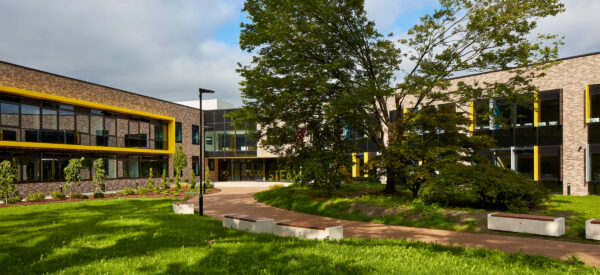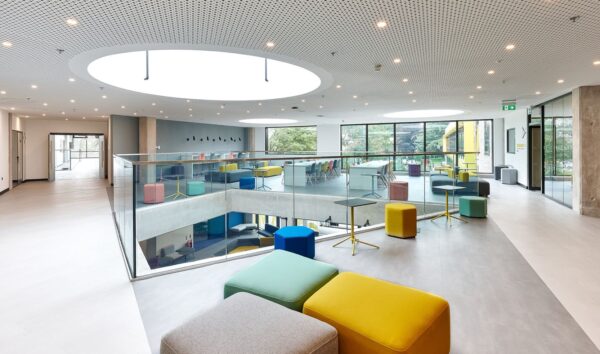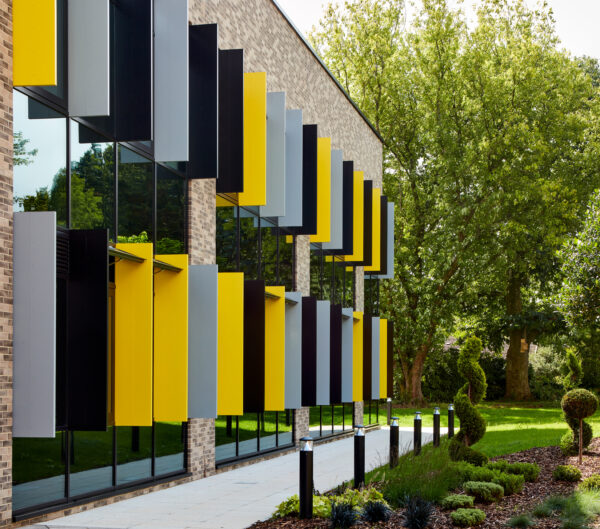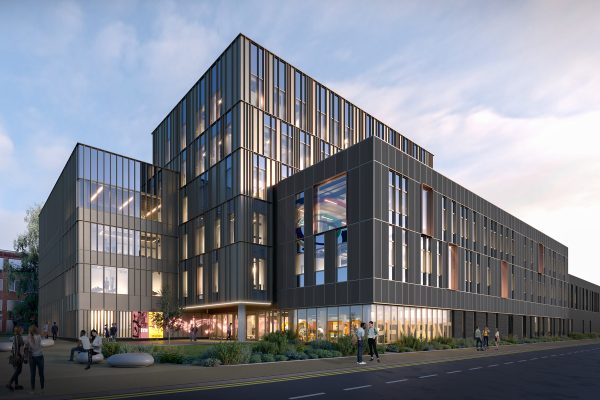
The importance of integrating a zero-carbon vision into your estate strategy
In 2019, the Welsh Government declared a climate emergency, setting ambitious goals for the public sector to reach net zero emissions by 2030.
Bridgend College not only recognises the need for achieving net zero emissions but expresses it is as simply the right thing to do and set about developing a forward-thinking climate emergency strategy that adopts a multi-disciplinary and science-based approach.
It outlines the college’s commitment to achieving net zero emissions by 2030 for scopes 1 and 2, per the Welsh Government’s Net Zero Reporting Framework. It also aims to minimise carbon impact for scope 3 activities and offset the remaining emissions to ensure carbon neutrality by involving the expertise of individuals within a Carbon Task Force and forming partnerships with those who prioritise ethical and sustainable practices.
Since first working with the college in 2018 and inspired by their ambitious target to achieve net zero carbon emissions by 2030, it’s been a pleasure combining our expertise and vision to help drive change towards their goals.
The college has transformed considerably over the years as it continually refines its estate management strategies to align with its sustainability principles. From the early adoption of LED lighting to developing cutting-edge campus infrastructure, the college pushes the boundaries of what is possible, minimising its environmental footprint as a result.
The effort put into their strategy highlights a real potential for educational institutions to lead by example in sustainability. It proves that achieving ambitious environmental goals through collaborative partnerships and innovative design solutions is entirely achievable.

Setting the standard for sustainability
The college, one of the first colleges in the UK to declare a climate and nature emergency and become a signatory of the United Nations Sustainable Development Goals Accord, began their journey to net zero in January 2018 by installing LED lighting in 90% of its Pencoed campus buildings, which resulted in a remarkable 65% reduction in lighting running costs.
Similar efforts to implement energy-efficient lighting solutions at the Bridgend campus resulted in around 7% of the campus benefiting from the measures. The college recognised the importance of adapting to changing needs and adopting sustainable practices following a holistic review of their estate including refurbishment potential. Following the review, they decided to “mothball” 30% of the Bridgend campus in July, paving the way for a new town centre campus in line with their climate emergency strategy.

How we helped chart the course towards carbon neutrality
Bridgend College has achieved extraordinary milestones towards sustainability. Since April 2021, they transitioned to renewable electricity – a key achievement that eliminates the use of nuclear fraction and ensures that 100% of its electricity is carbon zero.
We’ve been working with Bridgend College for several years, more recently, on their latest project for a new town centre campus, which builds on the success of two previous facilities – The STEAM Academy and Land-based building.
Every aspect of the STEAM Academy, the land-based building, and the town centre campus was designed with sustainability in mind to reduce the college’s carbon footprint.
The STEAM Academy was built on a brownfield site located within the college’s existing campus, where demolition materials were repurposed. The campus masterplanning initiatives included green space development for carbon capture and biodiversity while preserving mature trees to provide natural shading and vibrant habitat.
It has 350 roof-mounted PV panels and generates over 124,000 kWh of energy annually, saving 70,743 kg of CO2.
Adopting a fabric-first approach with U-values exceeding Building Regulations requirements, the façade integrates solar shading to mitigate solar gains while maximising natural daylight. An exposed concrete frame minimises temperature extremes, while low G-value glazing further reduces energy consumption.
The STEAM Academy and the land-based building generate the college 165.9 kWp, producing more energy than required. The total CO2 accounts for 59% (electricity), 34% (gas) and 7% (transport), and the college can state that they have exceeded their target of a 25% reduction in CO2 by 2025, to approximately 40%.
An ambitious façade strategy aimed to enhance the thermal insulation of the STEAM Academy and land-based buildings, potentially saving up to 70% on heating costs and reducing CO2 emissions.
By 2022/23, the college is set to achieve a 20% reduction, aiming for 30% by 2026/27, 57% by 2030, and a 100% carbon reduction by 2030.
Bridgend College from www.bridgend.ac.uk/sustainability/our-carbon-emissions-and-net-zero-carbon-trajectory-to-2030/
By merging our expertise with the college vision, the STEAM Academy achieved a BREEAM Excellent rating, creating spaces with high environmental performance to inspire future generations to embrace sustainable practices.

The next phase of sustainable development
As Bridgend College heads towards achieving net zero carbon, the next exciting phase of sustainable development begins with the new 13,000m2 purpose-built town centre campus. The ambitious project is a milestone in the college’s sustainability journey, aiming to reduce its environmental footprint further while creating modern, innovative spaces for learning and collaboration.
The importance of collaborative partnerships in endeavours like Bridgend College’s journey to net zero cannot be overstated. Our collaboration shows how transformative change becomes possible.
